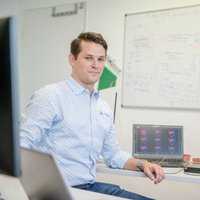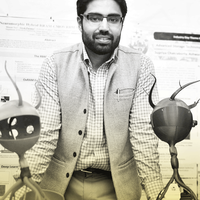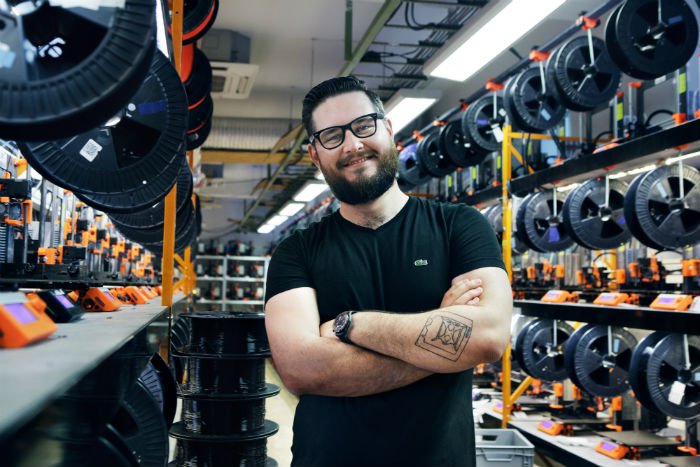When 3D printers began to gain popularity, their use was fairly limited to users with strong technical expertise. But they are becoming increasingly easy to use thanks to advances such as the one by Josef Průša. His goal was to simplify traditional versions of these machines so that anyone would be able to use one. Today, most additive manufacturing companies have come into the market thanks to this young Czech’s redesign. The impact that his work has had has made him one of the Innovators Under 35 Europe 2018 from MIT Technology Review.
In the last decade, the maker movement has expanded worldwide. This trend combines current technologies with the do-it-yourself culture, which allows anyone to produce custom objects locally and anywhere in the world with different types of digital manufacturing technologies, such as 3D printing. It all began with RepRap machines, better known as open source self-replicating printers. These models are able to print parts of themselves in three dimensions to create additional machines from a model created on a computer.
The English engineer and mathematician, Adrian Bowyer, initiated this project with the intention of distributing low-cost printers so that anybody could make complex objects without the need for industrial machinery. But when the designs of the printers were available, the resulting devices were slow, very difficult to assemble and also contained hundreds of parts that were tricky to obtain.
Průša recalls: “I discovered the RepRap project online and I joined him." At that time he was studying Applied Computer Science at the University of Economics in Prague (Czech Republic). Guided by his passion for hardware, in 2009 he began to post his experiments on YouTube, modifying the latest designs of these machines, and in 2010 he launched his redesign of the standard printer RepRap “Mendel". It was a simplified model that contained less than half the number of parts of the original design and, in addition, it worked even better.
Průša realised that many people were beginning to use his design. So what began as a hobby became a real business, and Průša himself became the founder and CEO of Prusa Research. This Czech company produces self-replicating 3D printers, which are open source and easy to use. Up to present, it has already developed some nine iterations of the original printer, providing users with a wide variety of improvements with each new design. 30% of the parts that are common to all of the printers that they sell have been printed by their own machines. Furthermore, they can be assembled in just two days, instead of the several weeks required to build and calibrate one of the traditional machines.
Prusa Research manufactures all its products in Prague, where it has more than 300 machines that produce about 6,000 new printers every month on their printing farm. There are 220 employees who sell their products to more than 135 countries. The CEO says: “This year we should have a turnover of 70 million euros, and when we started six years ago that figure was only 10,000 euros".
His vision is that 3D printing spreads throughout the world. In fact, 80% of their printers are sold as kits to be assembled by end users who have little knowledge on the subject. Sixto Arias, CEO of Made in Möbile, who is also an inventor in Capaball and a member of the jury of Innovators Under 35 Europe 2018, comments that "to be able to make 3D printers accessible to all and being one of the world’s three best companies in the sector" makes Průša one of the best innovators.
By Daniela Perdomo
Translation: Lisa Rushford




